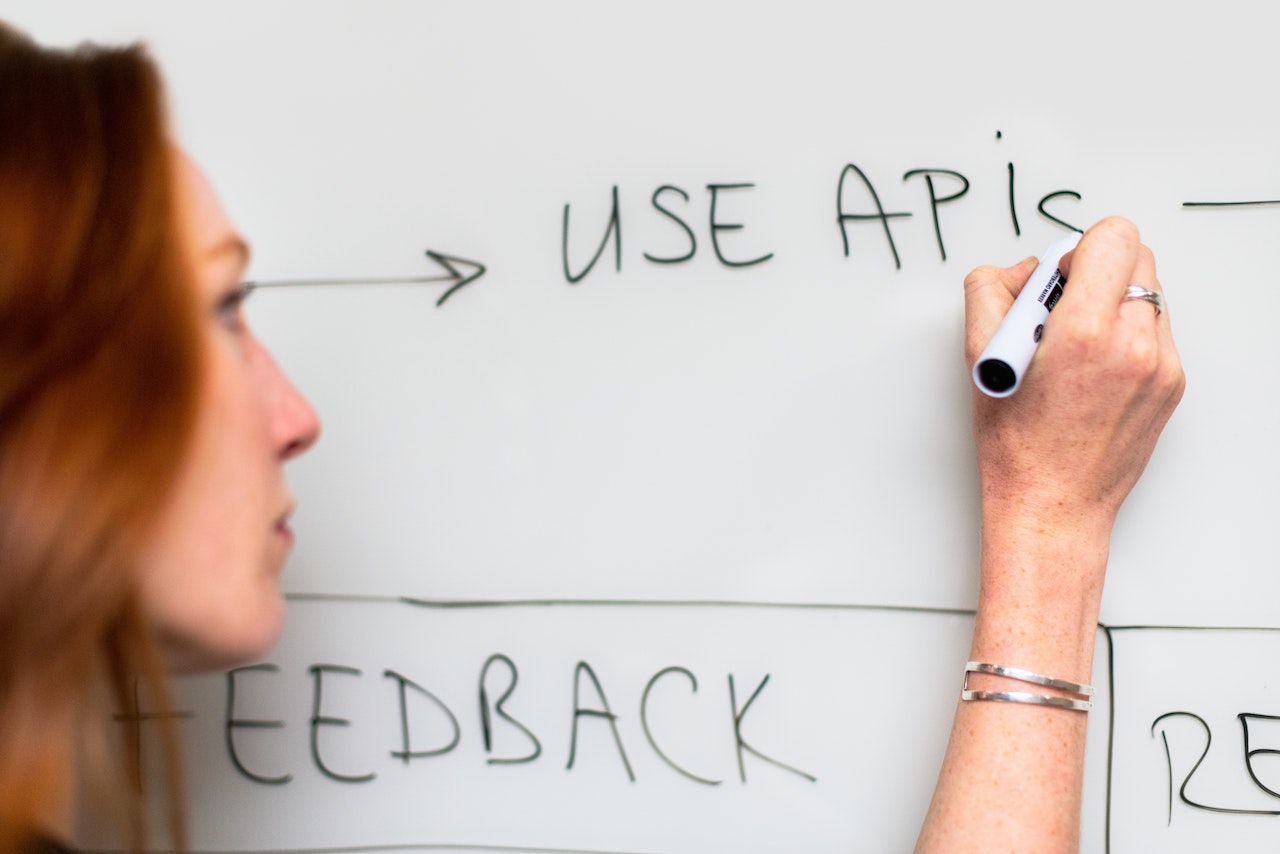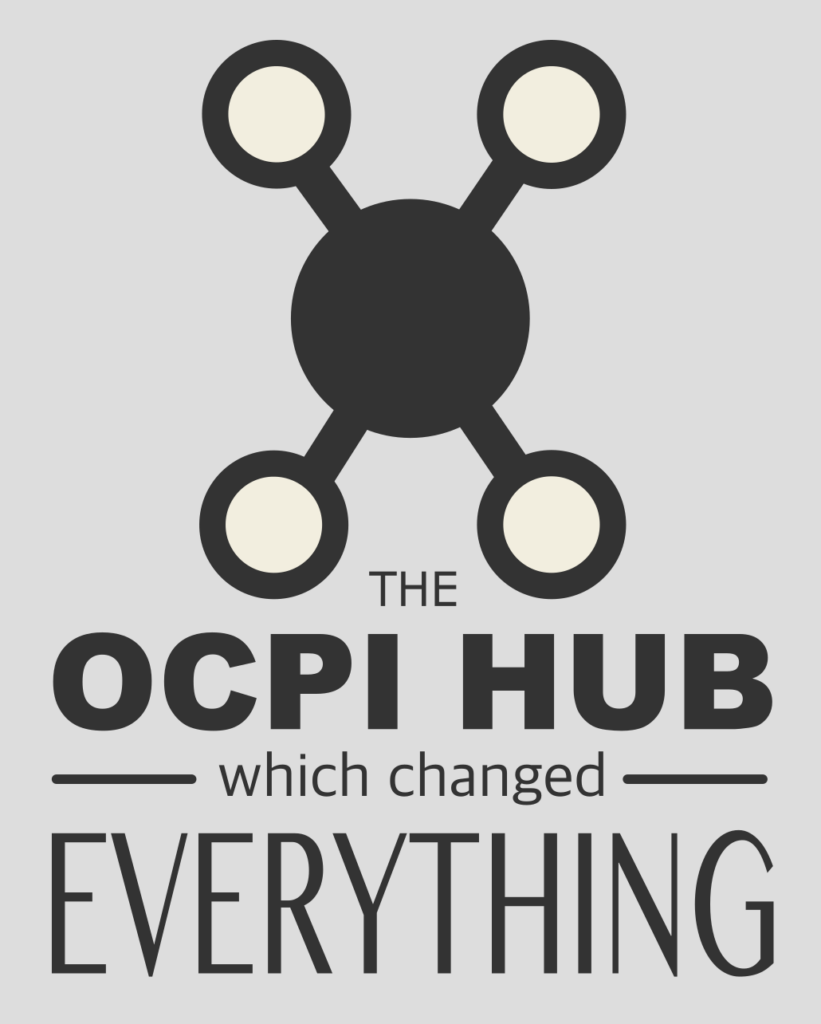
OCPI Made Easy: The Smart Choice for EV Roaming
So, you want to start roaming using the industry standard protocol, OCPI. You have probably already noticed that it is a versatile, but quite complex protocol. OCPI is nothing like OCPP, which is used in managing the charge points. It is costly and time consuming to implement the OCPI push and pull mechanisms for Locations, Tariffs and Tokens, and to provide even some simple support for remote commands and reservations. Implementing a robust and scalable protocol stack is another topic.
There is an Easier Way
How can we make the job easier? An easier way is the OCPI Roaming API. The API connects your existing platform effortlessly to OCPI roaming networks. The API provides a simple set of endpoints, one set for the CPO and one for the MSP.
With these convenient endpoints, you can for example update charge point status, authorise an RFID token for charging, start and stop charging, and send meter values to the OCPI network. Our OCPI Engine takes care of the rest, communicating with your roaming partners, maintaining the data and providing the logic needed for roaming. You can also access all the data using our admin user interface.
With these tools you can show results to your peers very quickly, and shorten the time to market while maintaining future compatibility.
The API is Future Proof
After you connect with the Roaming API, we will take responsibility of your OCPI development. We will make sure you are OCPI 3.0 compatible, while you won’t need to change anything on your end. If you wish, you can do minor changes to enable Plug & Charge and Autocharge.
Try the API
Do you want to try the API yourself? Book a meeting with our founder and CEO, and we will show you the proof.

Erkki Tapola is a multi-faceted IT professional with a background in technology, leadership and products. Since 2020 he has focused on EV roaming and the OCPI protocol. Erkki founded SolidRoam in 2023 to continue the work of ChargerHub.EU, and he acts as CEO. His passion is to improve the reliability and ease of use in electric mobility. In his spare time he’s into electric road trips, couples dancing, bicycling and photography.




